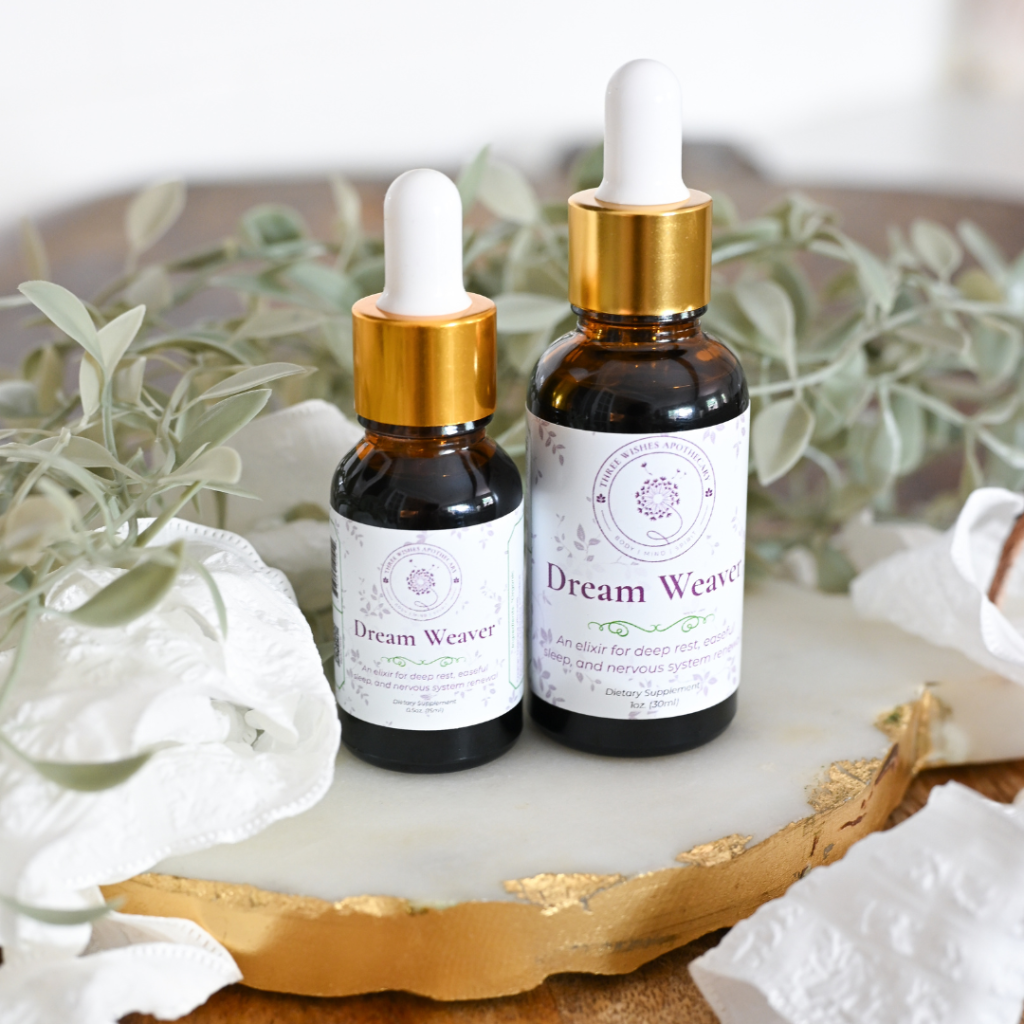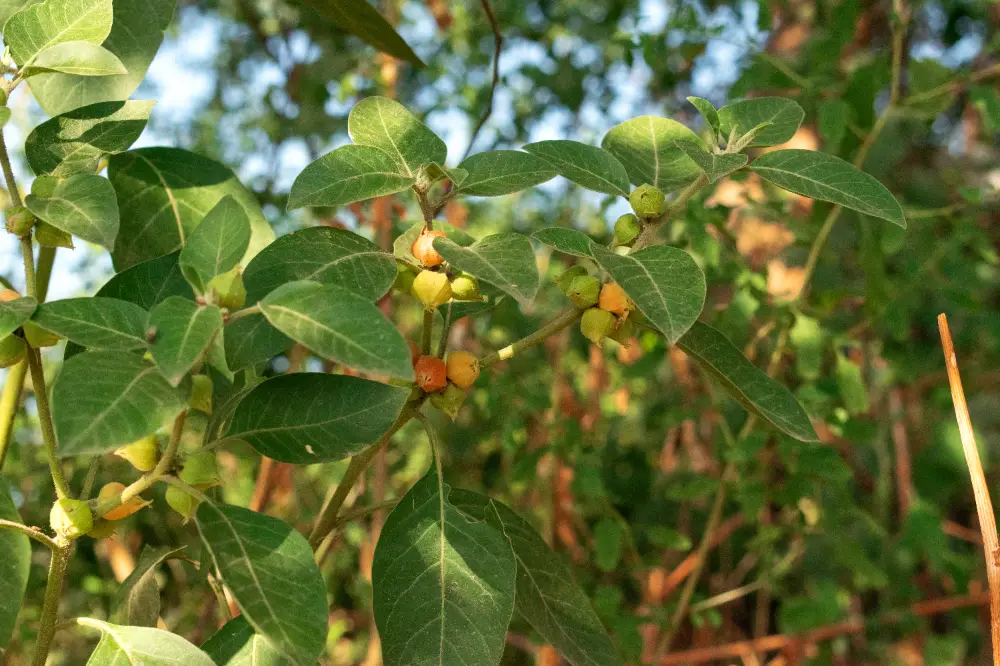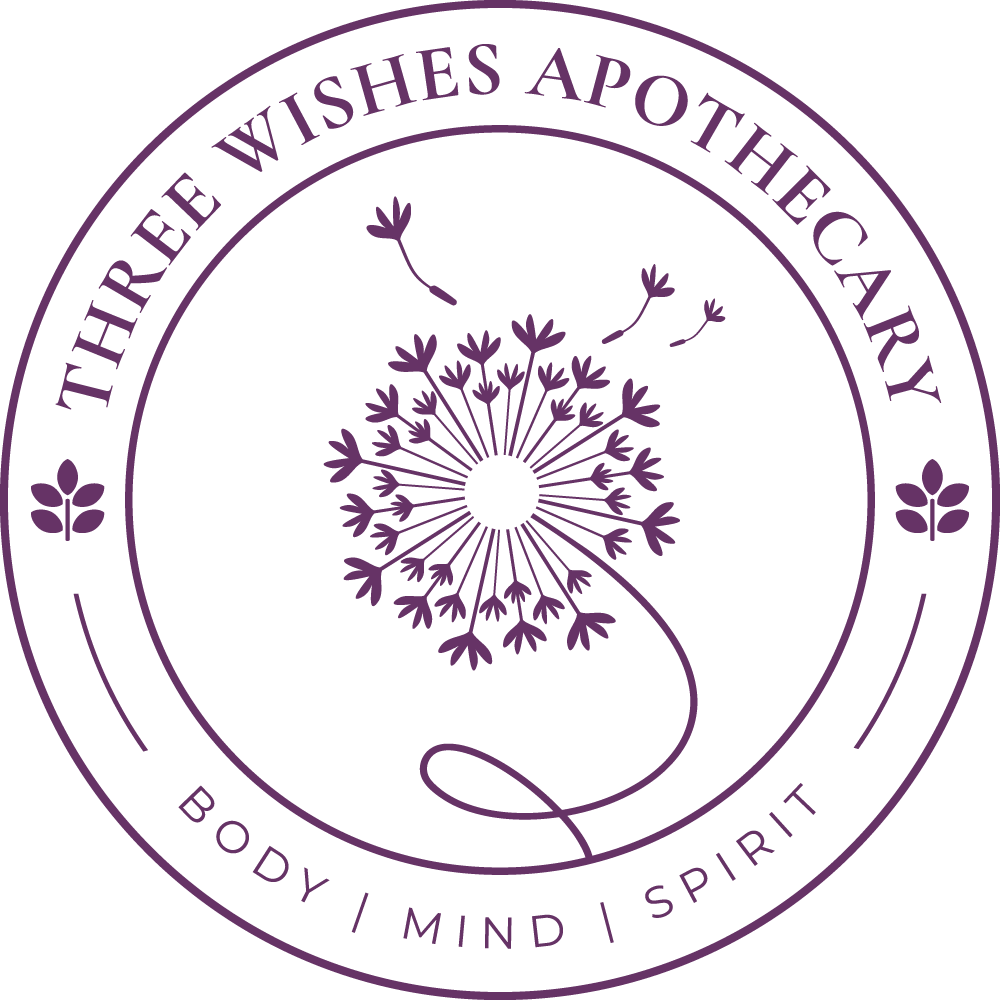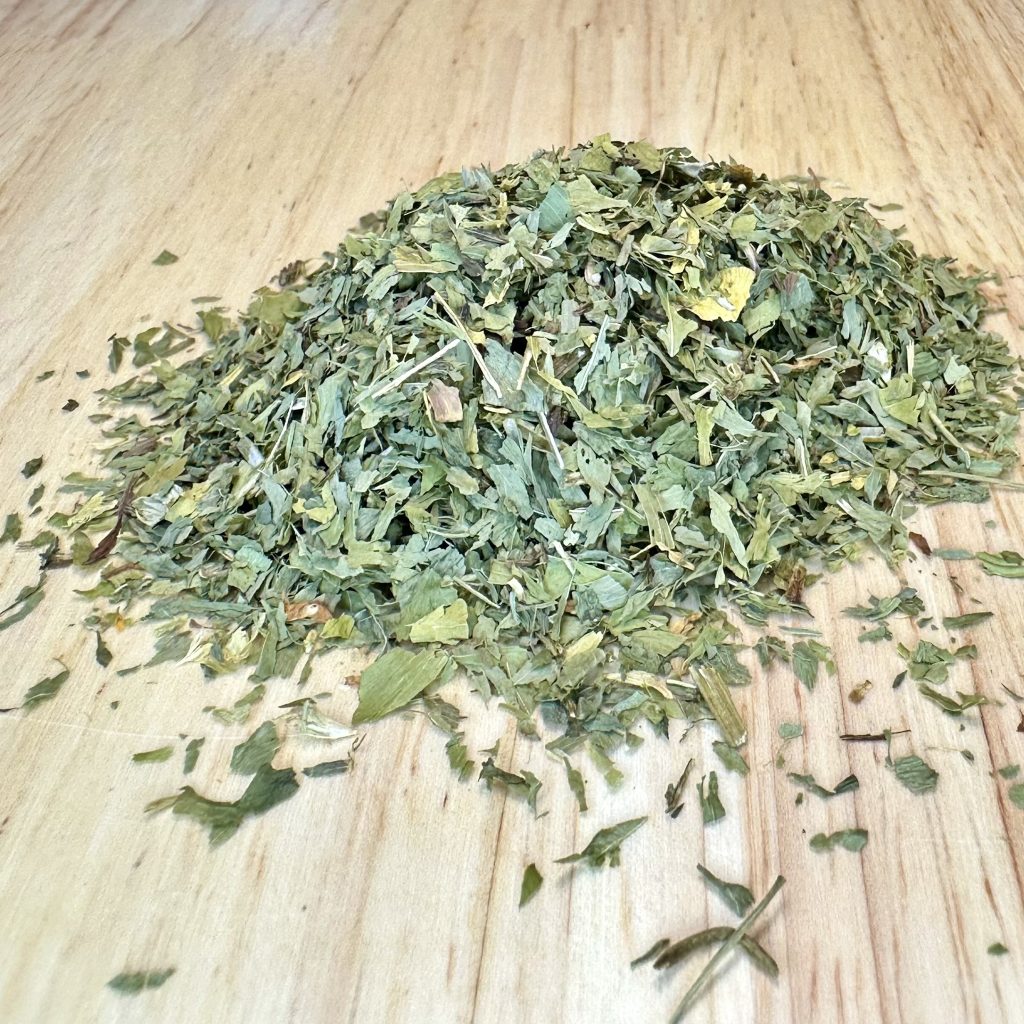Medicinal Action
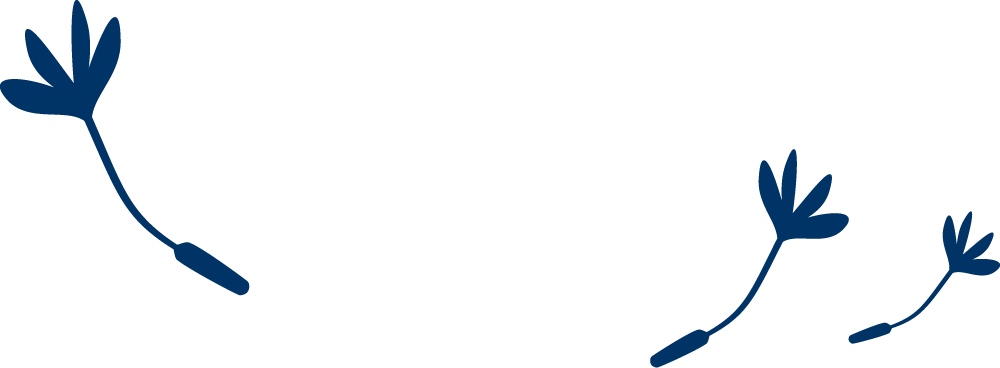
Trophorestorative
Trophorestorative herbs are used to nourish, tone, and deeply restore the vitality of particular organs or bodily systems that have become weakened or depleted. Unlike herbs that only alleviate symptoms, trophorestoratives work by gradually restoring optimal function, often with long-term use. They are especially valuable for conditions where an organ or system needs rebuilding and strengthening rather than just symptom relief.
For example, ashwagandha (Withania somnifera) is considered a trophorestorative for the nervous system, helping to restore resilience and reduce fatigue, while milky oats (Avena sativa in the milky stage) is also a renowned trophorestorative that supports the nervous system by providing deep nourishment, particularly during times of exhaustion or burnout. Nettle (Urtica dioica), rich in minerals, acts as a trophorestorative for the adrenal glands and blood, helping to replenish and nourish these systems.
Hawthorn (Crataegus spp.) is a trophorestorative for the cardiovascular system, helping to strengthen and nourish the heart and improve circulation over time. Trophorestoratives are often used as part of a holistic approach, providing gradual yet profound support for rebuilding health and vitality.
These herbs are generally safe for extended use, as they focus on deep nourishment and support, unlike more stimulating or symptomatic approaches.

